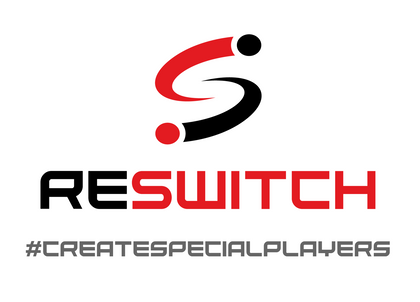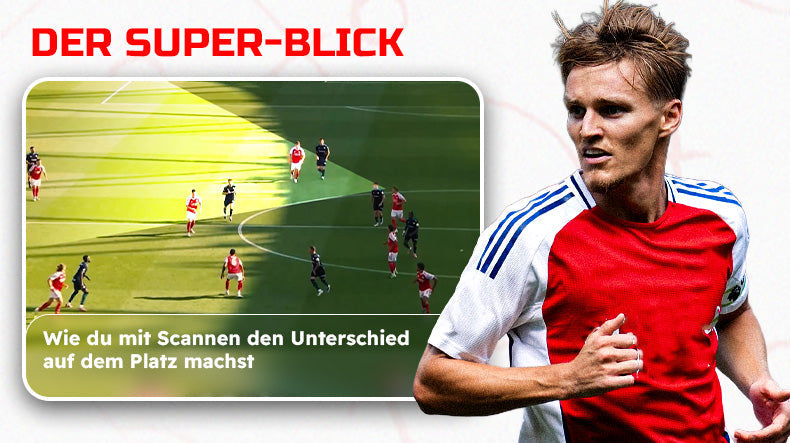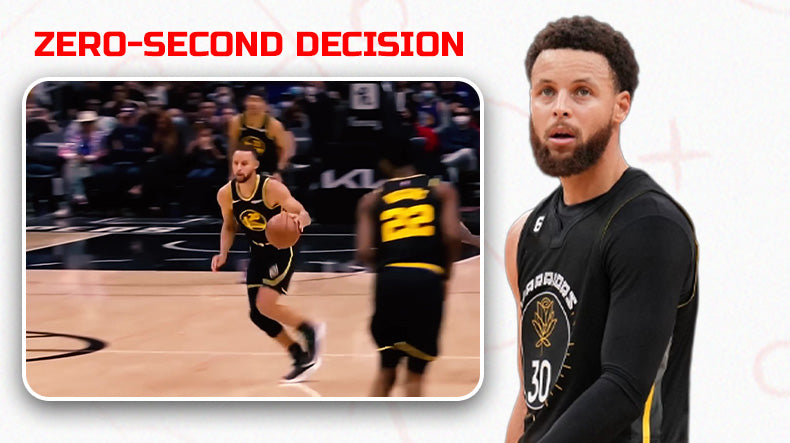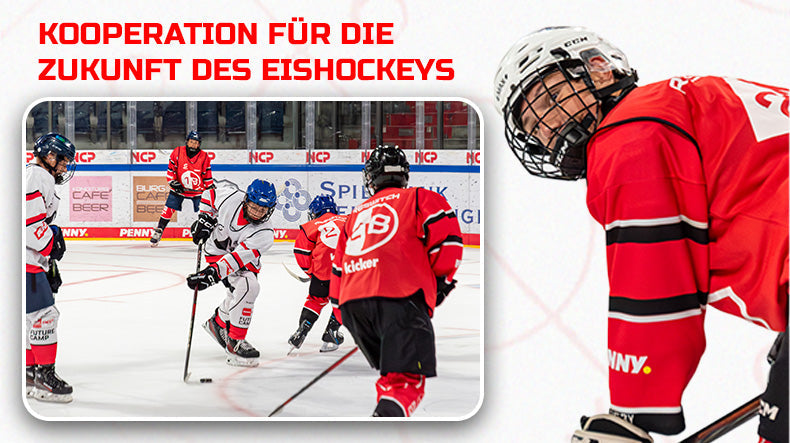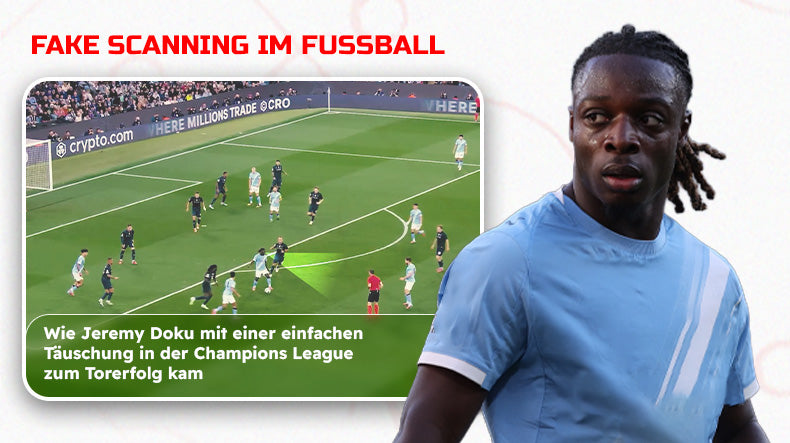Train your attention!
The four dimensions of attention
External-eng: The attention is outside of oneself (external) and certain aspects are viewed very closely (eng). For example, defensively in 1v1.
External-wide: The attention is again outside the person (external) and enables a comprehensive picture of the environment (wide). In this way, a lot of information from the environment can be recorded. For example, when a central midfielder recognizes his teammates who can play on the offensive.
Internal-eng: Attention is drawn to a specific process or process (eng) of one's own body or psyche (internal). For example, the penalty taker when he thinks about his shot.
Internal-wide: The person gets a comprehensive picture (wide) of their own state of being (internal). For example, a player has a good feeling before the game and feels in great shape.
In the game, external forms of attention (attention is outside of oneself) are particularly important because all game situations depend on one's own players and the opposing players.
How do I train attention?
Attention can be trained through cognitive tasks and is already trained incidentally in many training sessions. It is crucial to train in an age-appropriate manner and to challenge the players appropriately. An optimal improvement in performance in terms of attention regulation can only be achieved if the tasks set neither under nor overwhelm the players. We recommend that you start with familiar forms by simply expanding cognitive stimuli and increasing them slowly.
The signals to which the players have to respond with an appropriate action during training should predominantly be optical/visual stimuli (hats, balls, shirts). Ultimately, the optical/visual stimuli also dominate in the actual game. In addition, acoustic signals can also be used or combined with visual signals.
In RESWITCH training, the combination of the different signals is particularly easy to implement. In addition to the acoustic signal indicating which category will be played next, the players must also perceive which players they are playing with. Depending on your level of performance, we recommend swapping the shirts regularly during the exercise in order to constantly have to reorient yourself, or varying the time of the “switch” commands
Author: Jonas Kumpan
